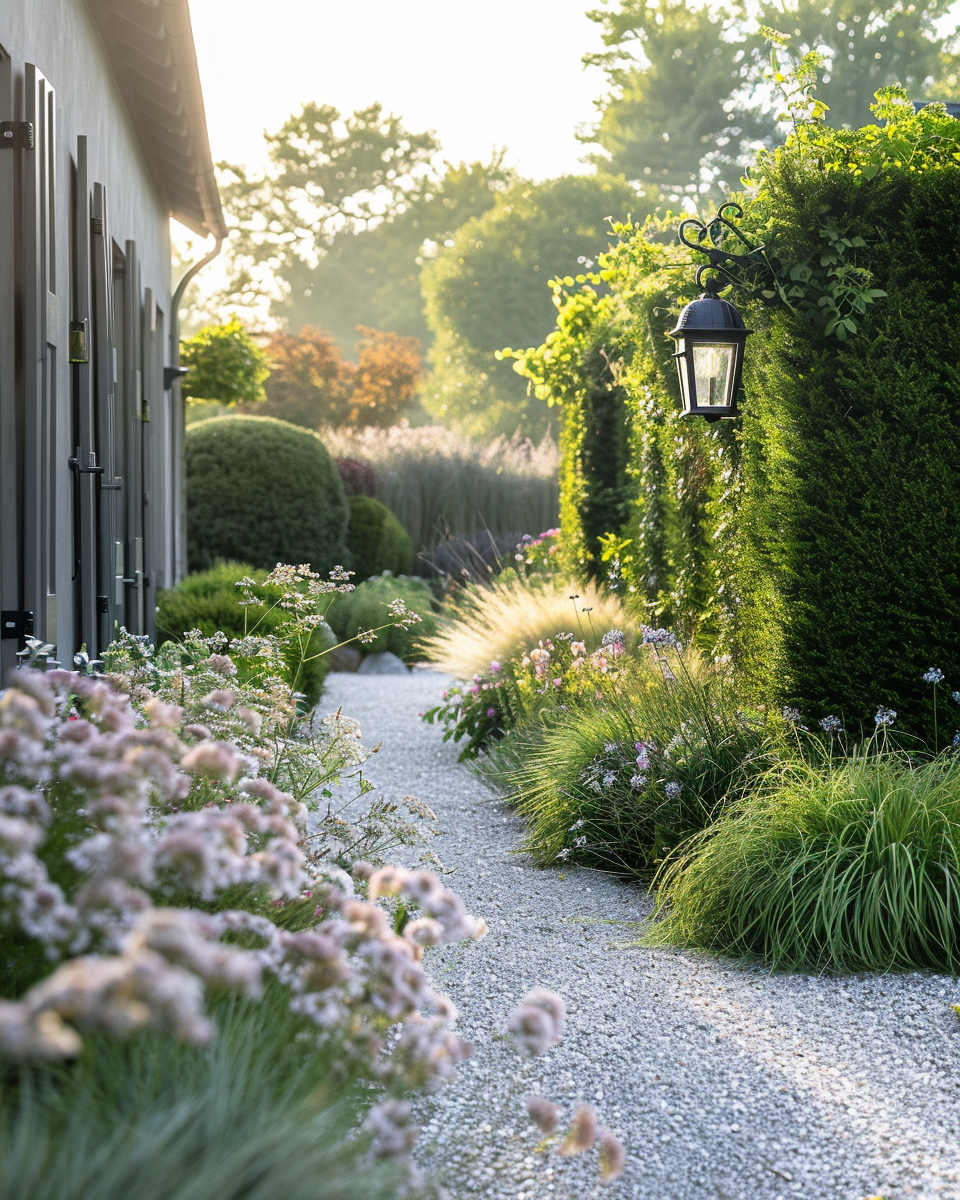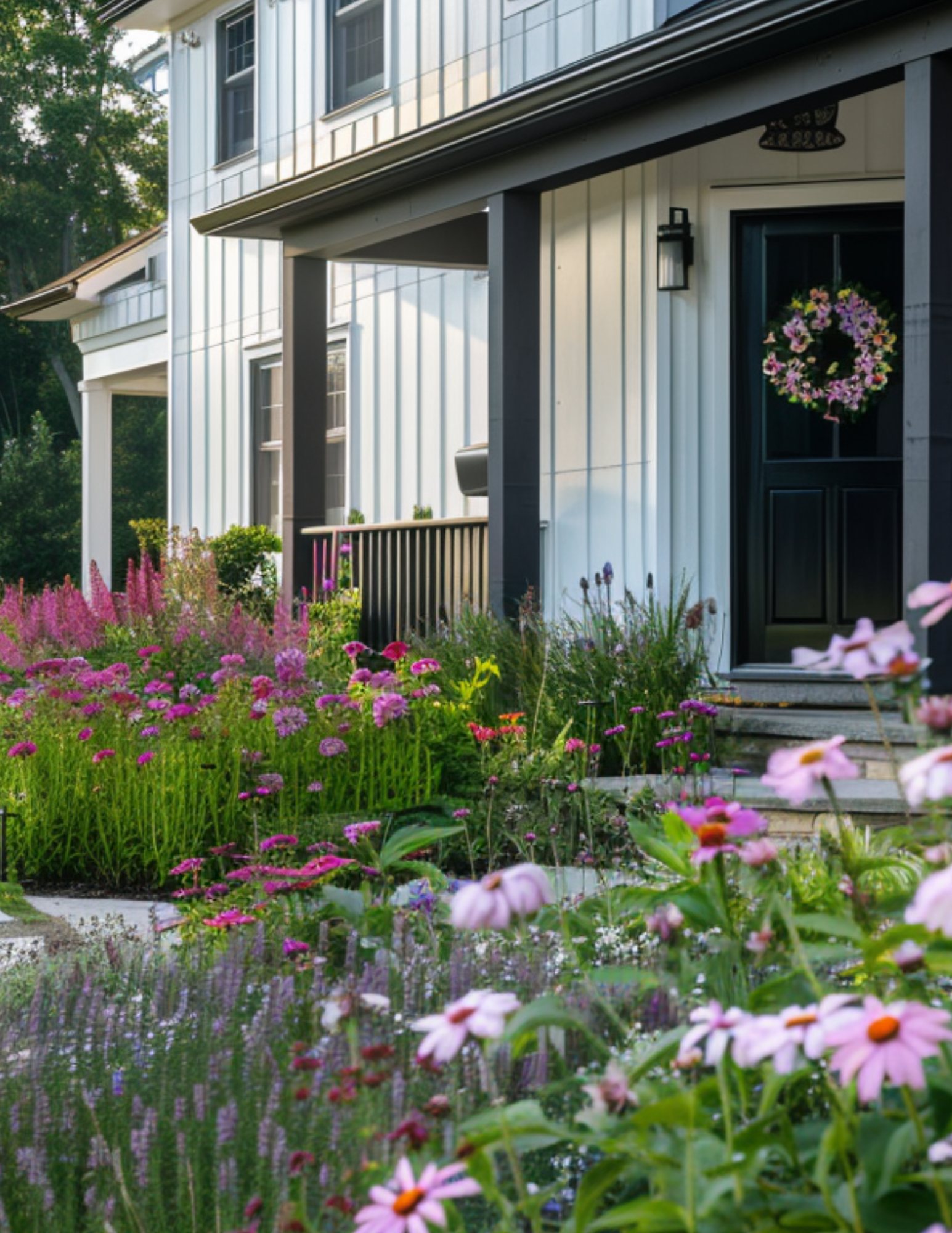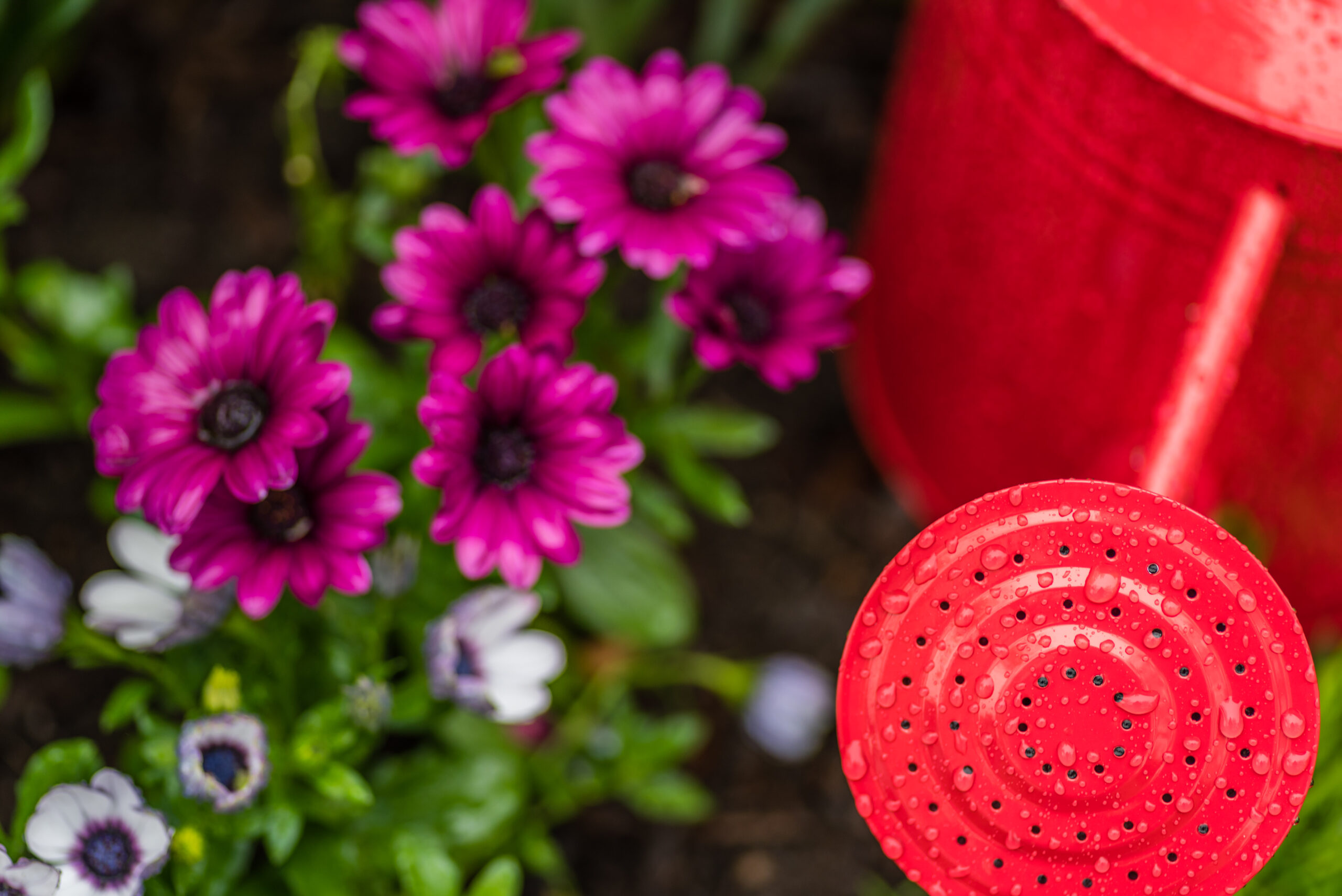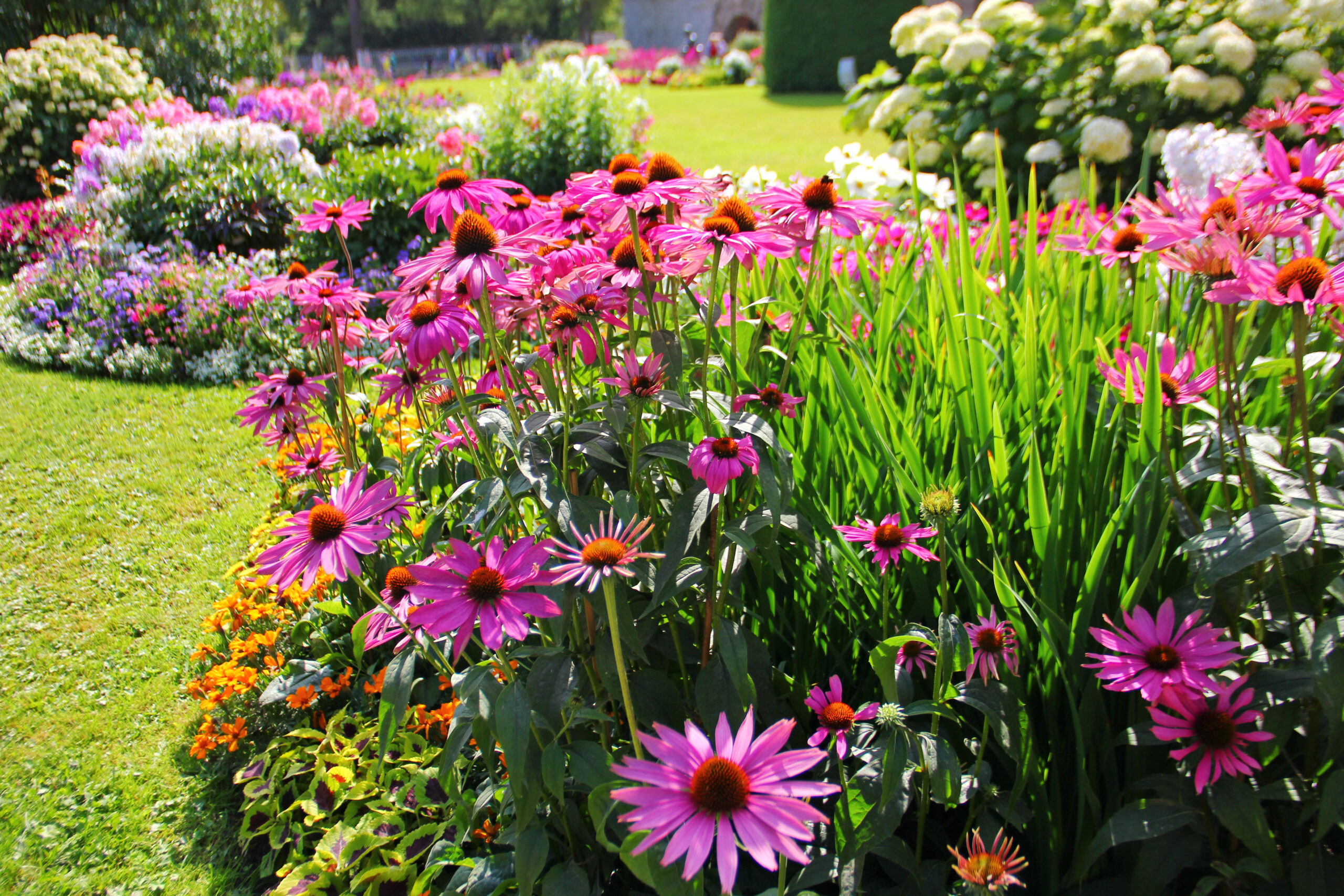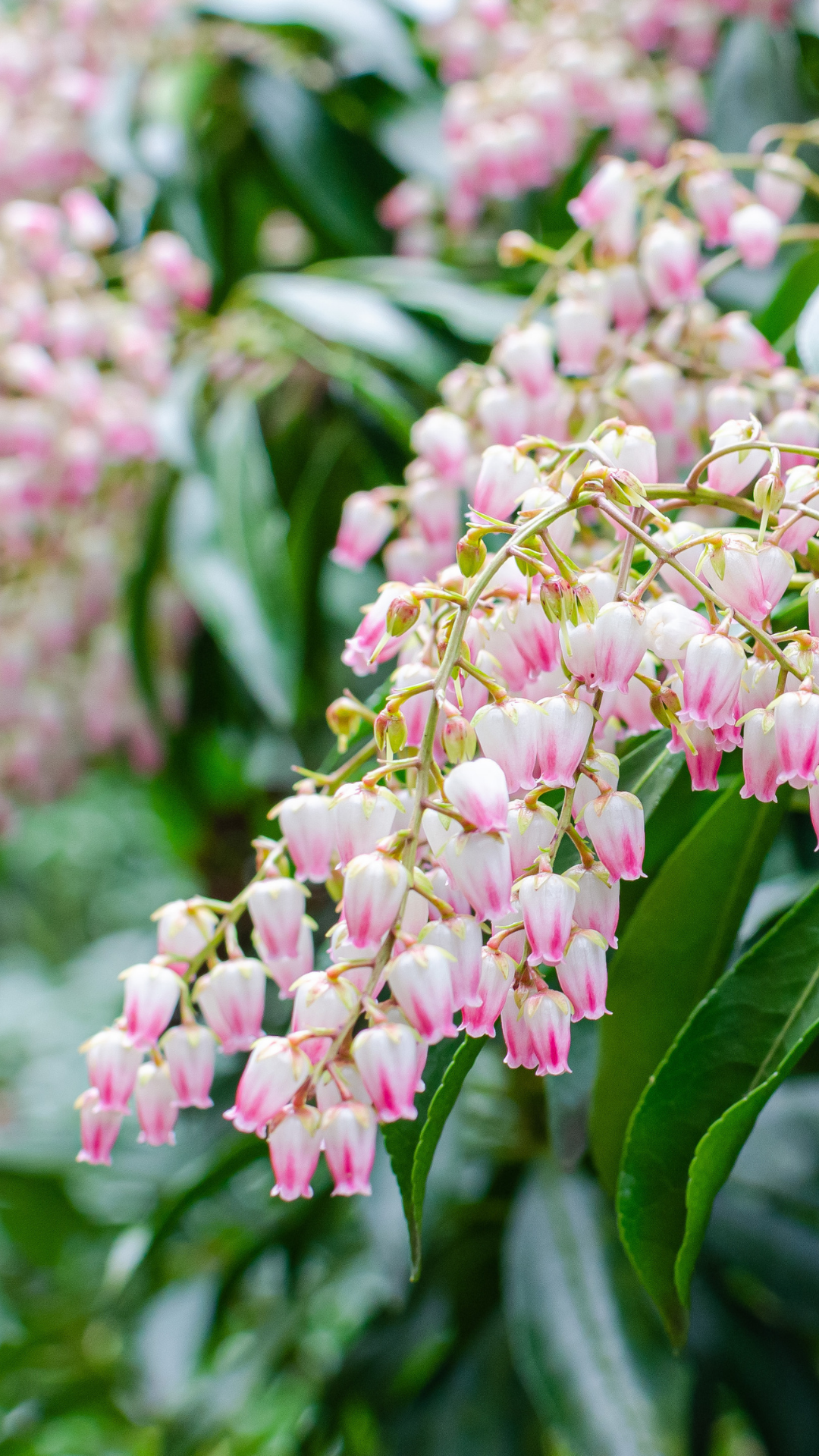There’s something enchanting about a well-designed front garden. It’s the first experience guests have with your home—and it sets the tone for everything beyond the gate. But when that space is small or feels like a blank canvas, designing it can feel more puzzling than poetic.
This guide walks you through what to know before you begin—from proportions and privacy to plant pairings that truly shine.
Start with the Feeling You Want to Create
Before you buy a single plant or sketch a layout—really, don’t skip this part—take a moment to think about how you want your front garden to feel. What experience do you want your guests to have walking to your door? Do you want it to feel peaceful? Inviting? Polished and refined? This small space at the front of your home is more than a pass-through—it’s your welcome mat to the world.
View this post on Instagram
Consider this an extension of your home’s personality. Whether you’re leaning toward soft and romantic or structured and minimal, anchoring your design in a feeling will guide every decision that follows.
Expert Note: A calm, cohesive palette and rhythmic plantings can create instant elegance—even in tight spaces
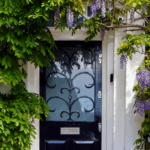
🔗 Related: 7 Steps to Designing a Small Front Garden (What I Wish I Knew)
Keep scrolling for the guide on everything you need to know before designing your small front garden
Observe the Conditions Before You Begin
The best gardens begin with curiosity. Instead of making a plant list, start by stepping outside—morning, midday, and late afternoon. Notice how the light moves across your space. Is it full sun near the curb but shaded by the house later in the day? Are there strong winds or privacy concerns? Steep slopes or drainage issues?
Your home’s style and neighborhood aesthetics can also offer helpful cues. A streamlines cottage might lean toward boxwood and lavender, while a craftsman style home could invite a more naturalistic, layered look.
Try This: Snap a few photos throughout the day to see how the light shifts.
🔗 Related: The Beginner’s Guide to Choosing the Right Plants for Small Gardens
Measure First, Dream Second
This step might not feel glamorous but it’s everything. Pull out your tape measure and jog down the width and depth of your front yard, the height of windows from the ground, the placement of steps, fences, utility boxes—anything that will impact your layout. Then, sketch it out. Don’t worry about perfection—this is your canvas. Knowing your exact dimensions gives you freedom to dream within a frame—and helps avoid costly mistakes later.
Pro Tip: Don’t skip this! Accurate measurements are the foundation for a professional-looking plan.
🔗 Related: 7 Steps to Designing a Small Front Garden (What I Wish I Knew)
Define the Zones: Entry, Planting, and Path
Even small front gardens can benefit from having clearly defined zones. These usually include:
- Arrival & Entry: The walkway, porch, and threshold
- Foundation Planting: Beds along the house, fence, or garage
- Street Edge or Border: The space that meets the sidewalk or curb
When each area has a role, the garden feels purposeful—not cluttered. Even subtle changes in texture or plant height can define these zones.
Design Tip: Slight curves or changes in texture can guide the eye and make a space feel larger.
🔗 Related: Best Plants for a Small Front Entrance, According to a Stylist
View this post on Instagram
Choose Your Anchor Elements First
Think of your anchor elements as the bones of the garden. These are the plants and materials that stay put all year — evergreen shrubs, ornamental trees, walkways, and walls.
Once those elements are in place, you can layer in blooms, textures, and seasonal color that shift with the seasons. Here are some examples:
- Columnar boxwood to frame a path
- Dwarf hydrangeas under a front window
- Creeping thyme between stepping stones
🔗 Related: 10 Evergreens for Small Gardens That Make Spaces Shine
Think Vertically (Especially in Tight Spaces)
When floor space is limited, design upward. Trellises, porch planters, and tall grasses can create visual interest while freeing up ground space. Vertical elements also help enclose the garden and create that magical feeling of a tucked-away retreat.
Style Tip: Vertical layering draws the eye up—making the garden feel taller, not tighter.
Use Color and Materials to Tell a Story
Choose 2- 3 hardscape materials and repeat them with intention. Stone, gravel, or wood can form a quiet backdrop for your plantings. Then, echo your plan colors in containers, wreaths, or even a doormat.
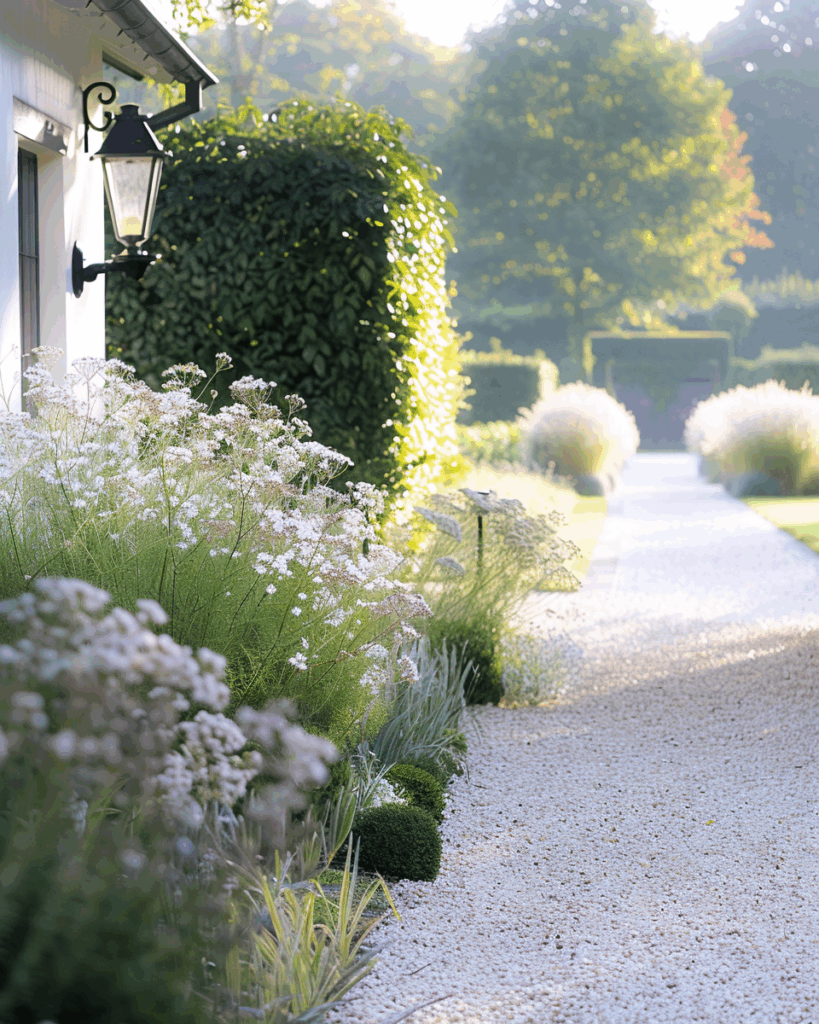
Match the mood to your architecture. A white cottage might call for soft greens and purples, while a modern facade could shine with sculptural grasses and black planters.
Palette Tip: Soft whites, greens,, and purples feel fresh and sophisticated for cottage-style facades.
Plan for Maintenance Before You Plant
It’s easy to get swept up in a dreamy plant palette—but remember to be honest with yourself. Will you enjoy trimming and deadheading? Or do you need something that thrives with minimal input?
Designing for your lifestyle is just as important as designing for your light and soil.
Reality Check: The best design is one that won’t overwhelm you to keep up.
Add Personality with Finishing Touches
Once your layout is in place and the plants are chosen, it’s time to add the soul. A single urn by the door. Oversized house numbers. A cozy bench. These details may be small, but they turn a garden from pretty to personal.

Final Flourish: These are the details that make a house feel like a home.
Ready to Design Your Small Front Garden?
A beautiful front garden doesn’t need to be big—just well thought out. Start with how you want it to feel, then design with intention. With a little planning and the right mix of structure, softness, and soul, your curb appeal will bloom.
For a step-by-step framework, don’t miss 7 Steps to Designing a Small Front Garden (What I Wish I Knew).
